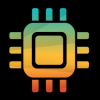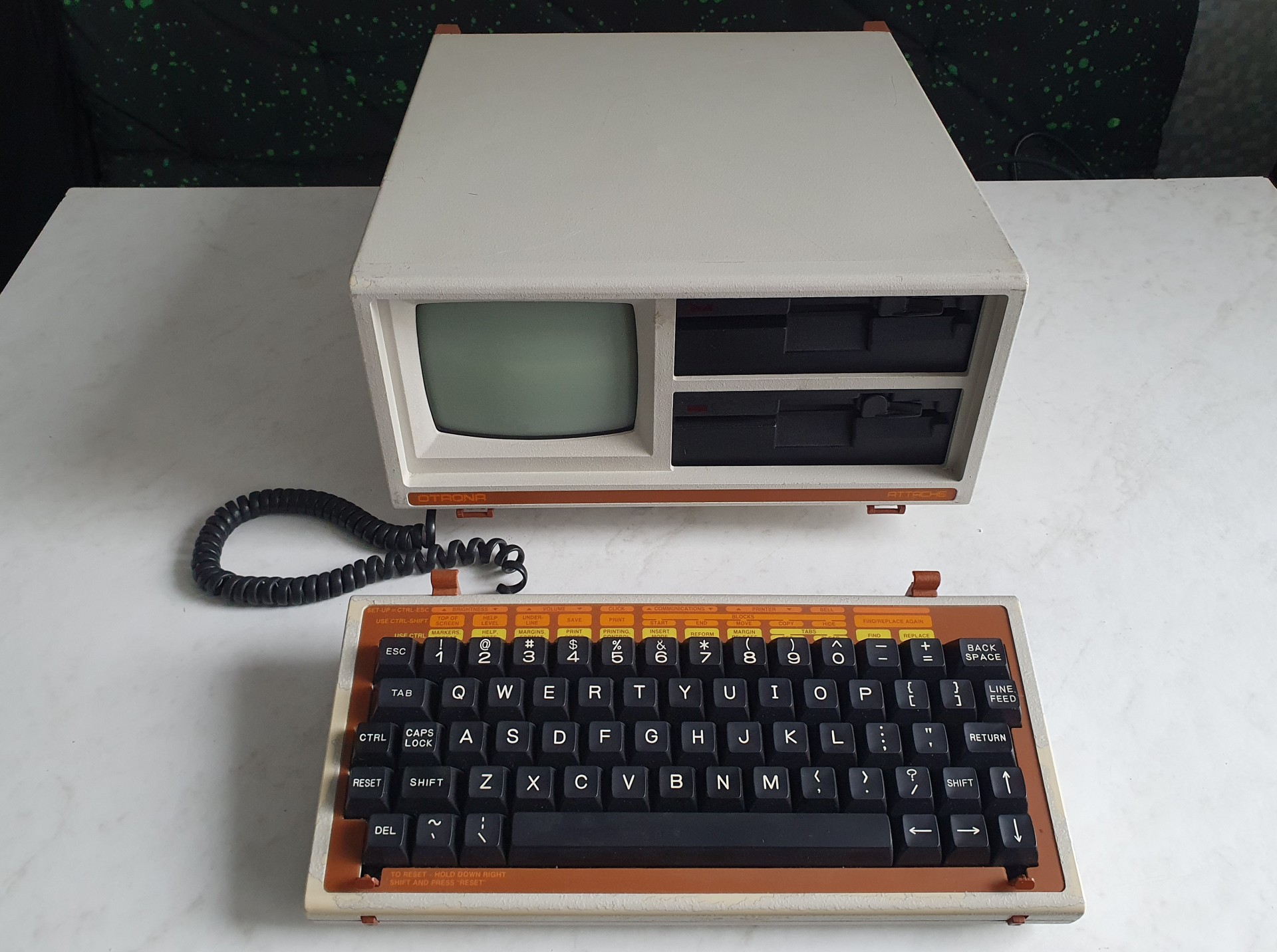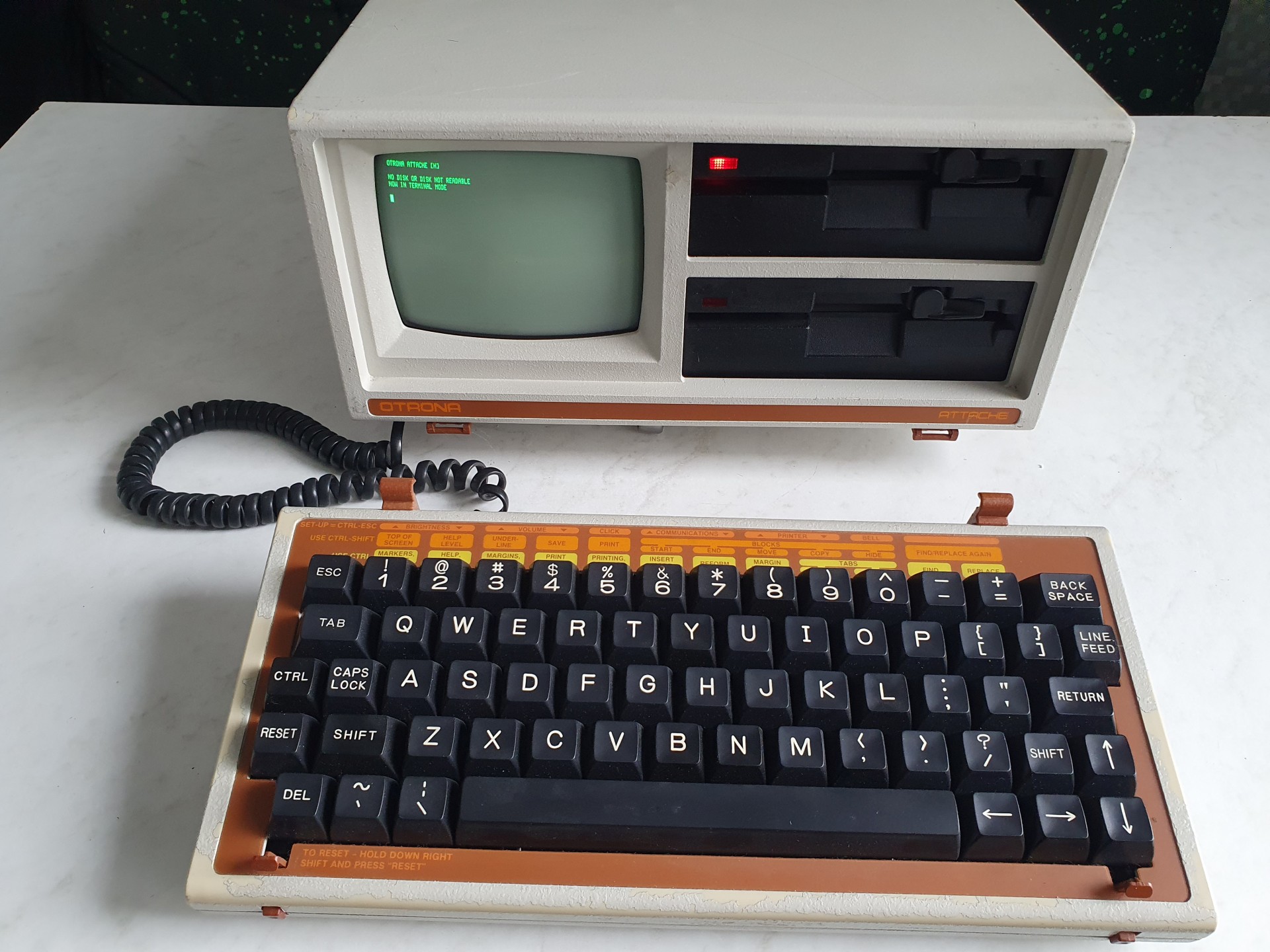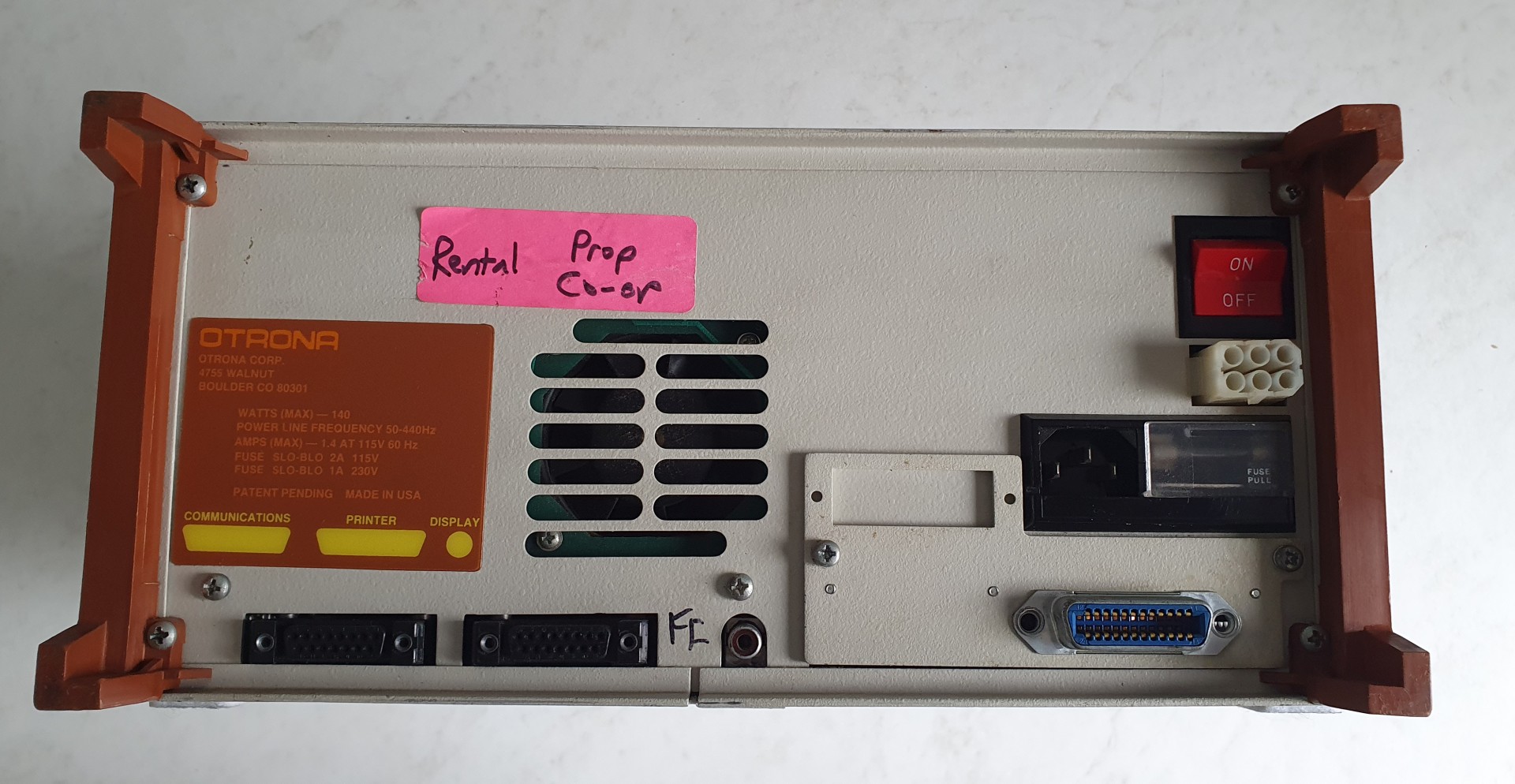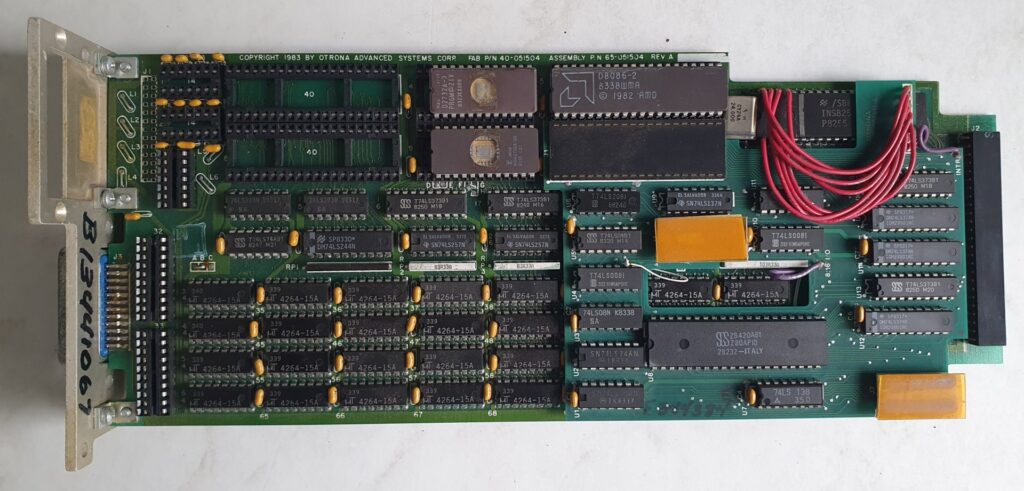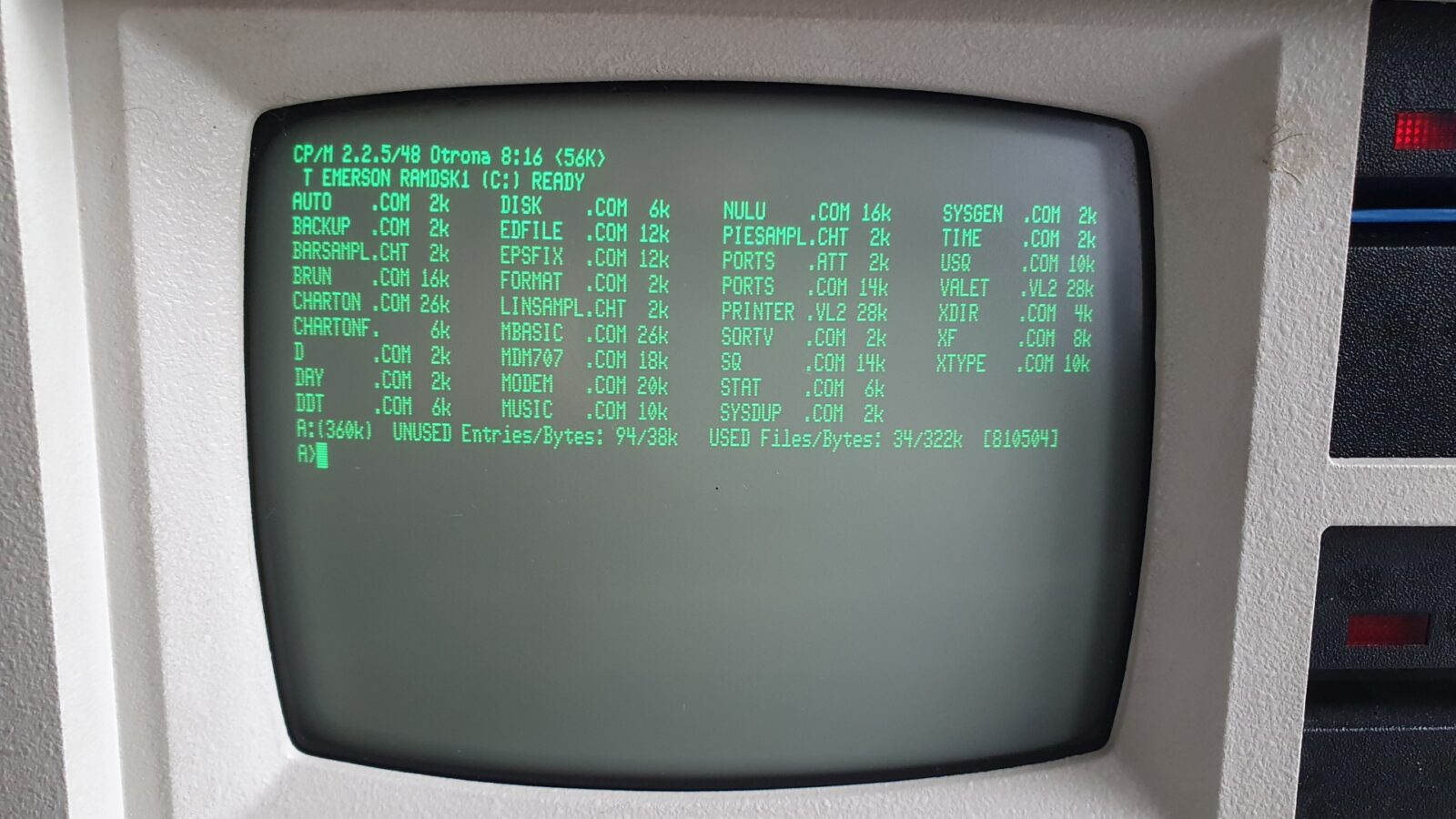Here’s the revised description with this information included:
-
- Otrona Systems, Inc. produced the Otrona Attache, a compact portable computer designed for business professionals and executives who needed computing power on the go.
-
- The Otrona Attache debuted in 1982, coinciding with the early years of the personal computer revolution.
-
- Featuring a built-in folding keyboard and a small built-in display, the Attache was convenient for mobile computing tasks.
-
- Powered by a Zilog Z80 microprocessor, the computer typically had 64 KB or 128 KB of RAM. Additionally, it featured a special 8086 module that enabled it to run DOS version 2.11 alongside CP/M 2.2.
-
- The Otrona Attache offered dual operating system compatibility, allowing users to choose between CP/M 2.2, a widely used system in the early 1980s, and DOS version 2.11. DOS 2.11 provided users with a command-line interface and expanded software compatibility.
-
- The Attache utilized 5.25-inch floppy disks for storage, allowing users to save and retrieve their data.
- It featured ports for connecting external peripherals such as printers and modems, expanding its functionality.
-
- Primarily utilized for word processing, spreadsheet calculations, and other productivity tasks on the go, the Attache catered to professionals needing computing capabilities outside of traditional office environments.
- Despite not achieving the same level of recognition as some contemporaneous portable computers, the Otrona Attache contributed to the advancement of portable computing technology and laid the groundwork for modern laptops and notebook computers.
In summary, the Otrona Attache stands as a significant example of early portable computing technology, leveraging a special 8086 module to offer dual operating system compatibility and deliver mobile computing capabilities to business users in the early 1980s
